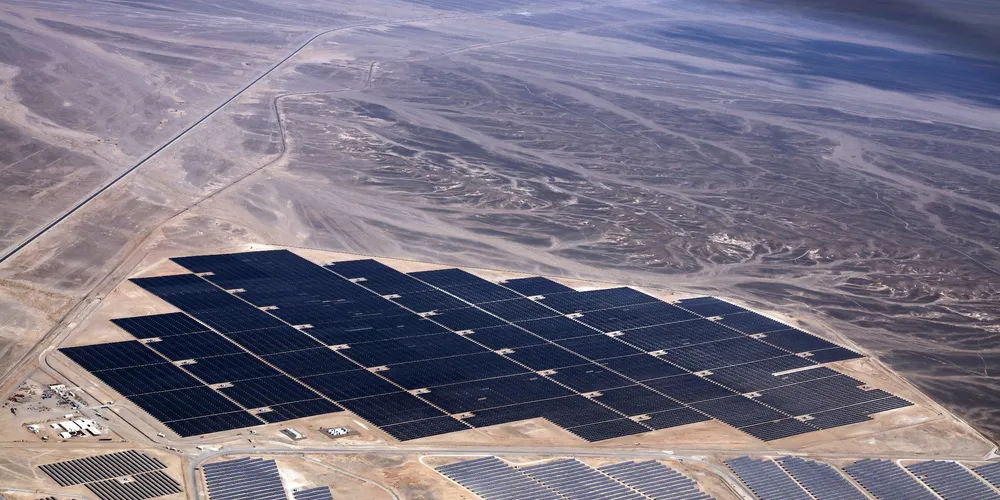First Solar commissions Middle East's largest solar plant
First Solar has commissioned the 52.5MW(ac) Shams Ma’an solar array in Jordan, the largest PV array brought to completion so far in the Middle East.

First Solar has commissioned the 52.5MW(ac) Shams Ma’an solar array in Jordan, the largest PV array brought to completion so far in the Middle East.
